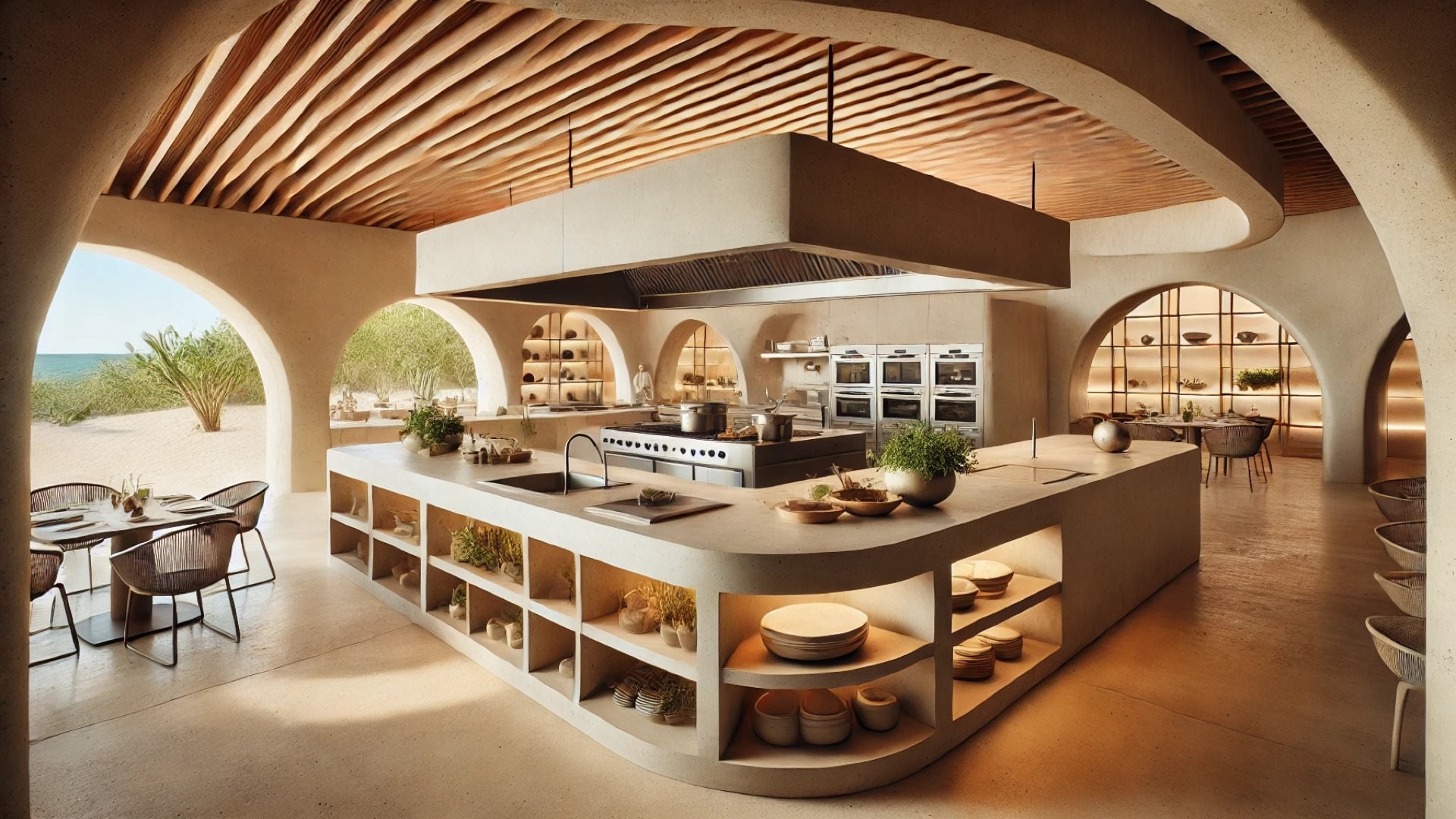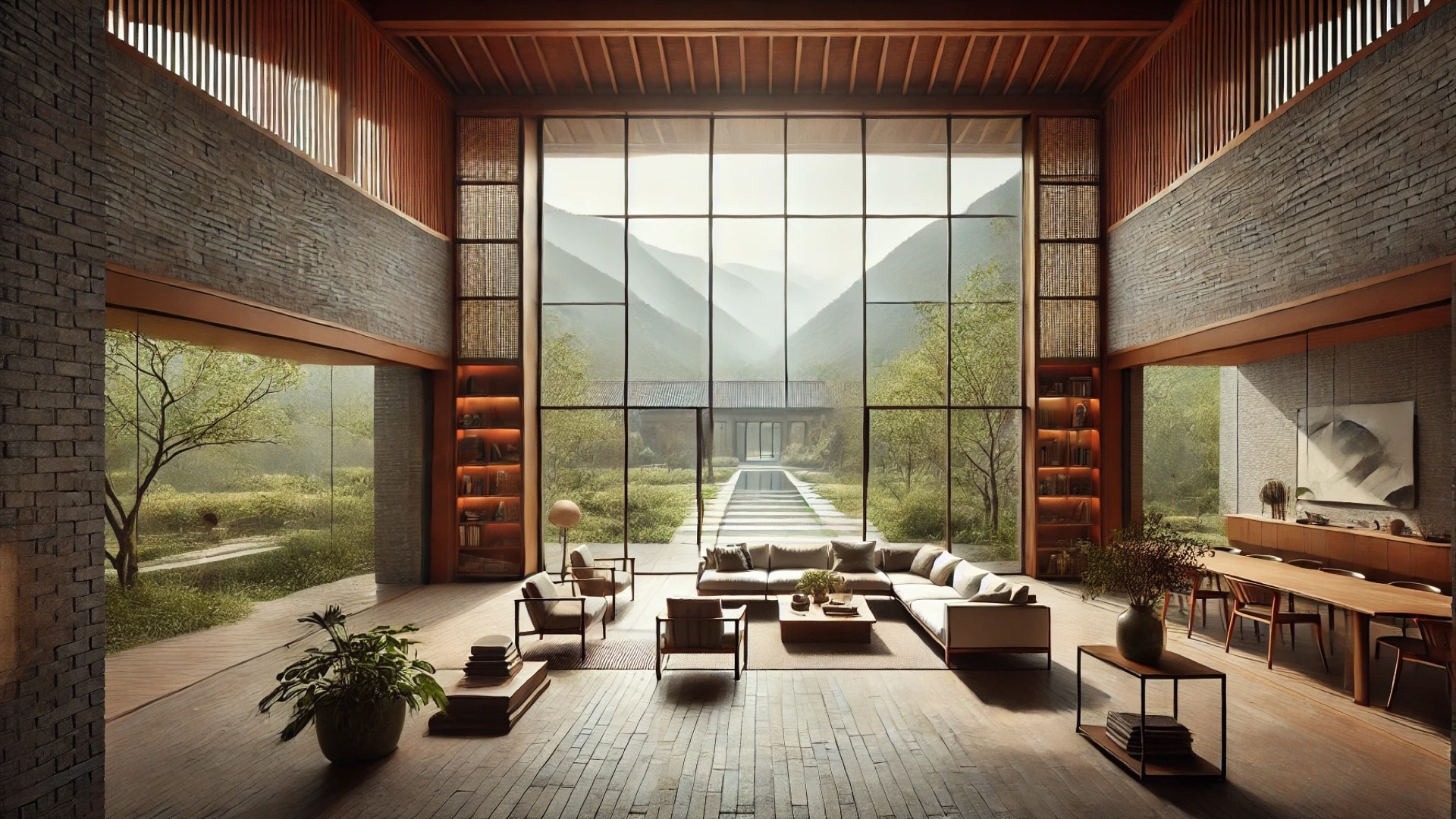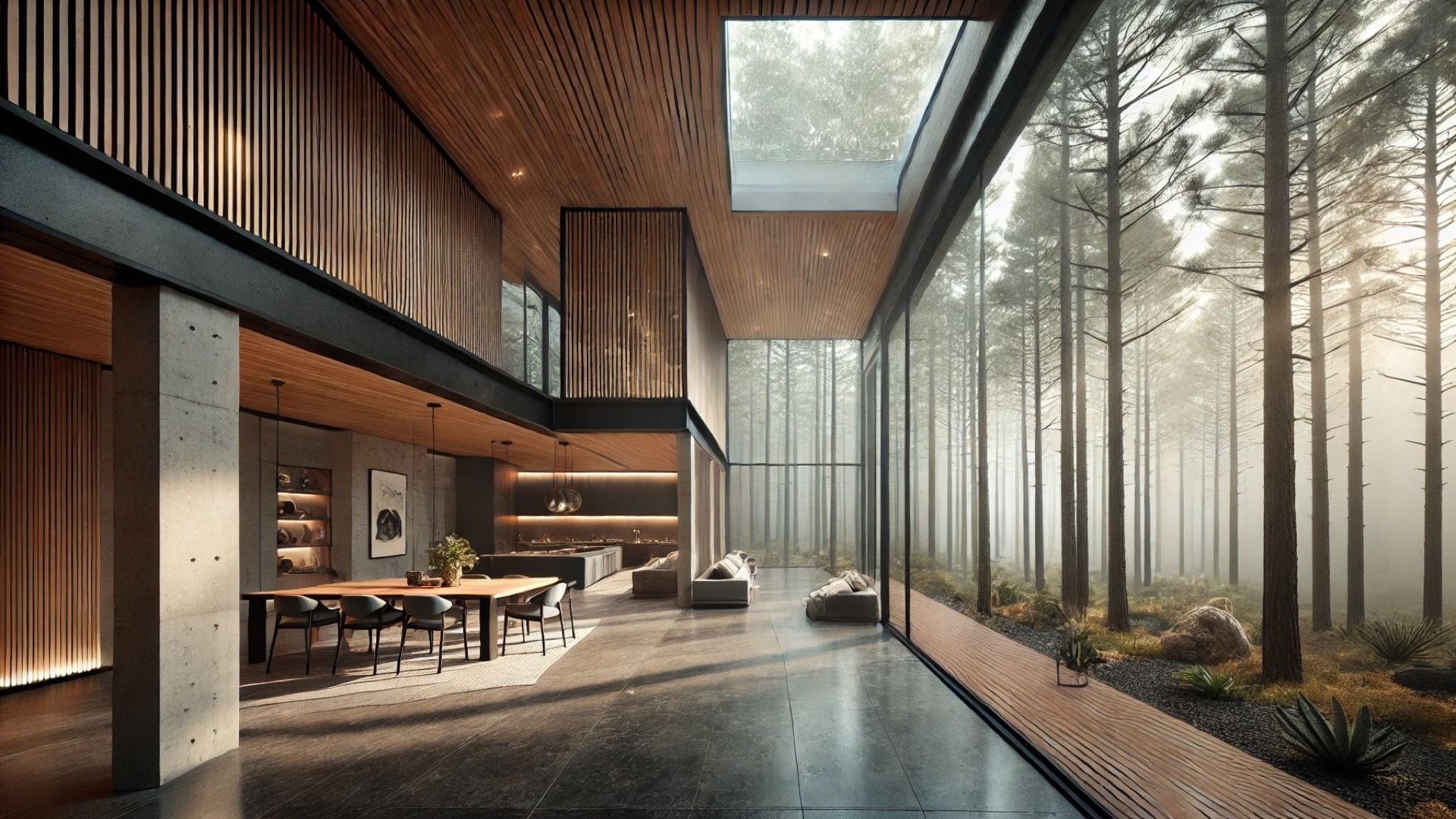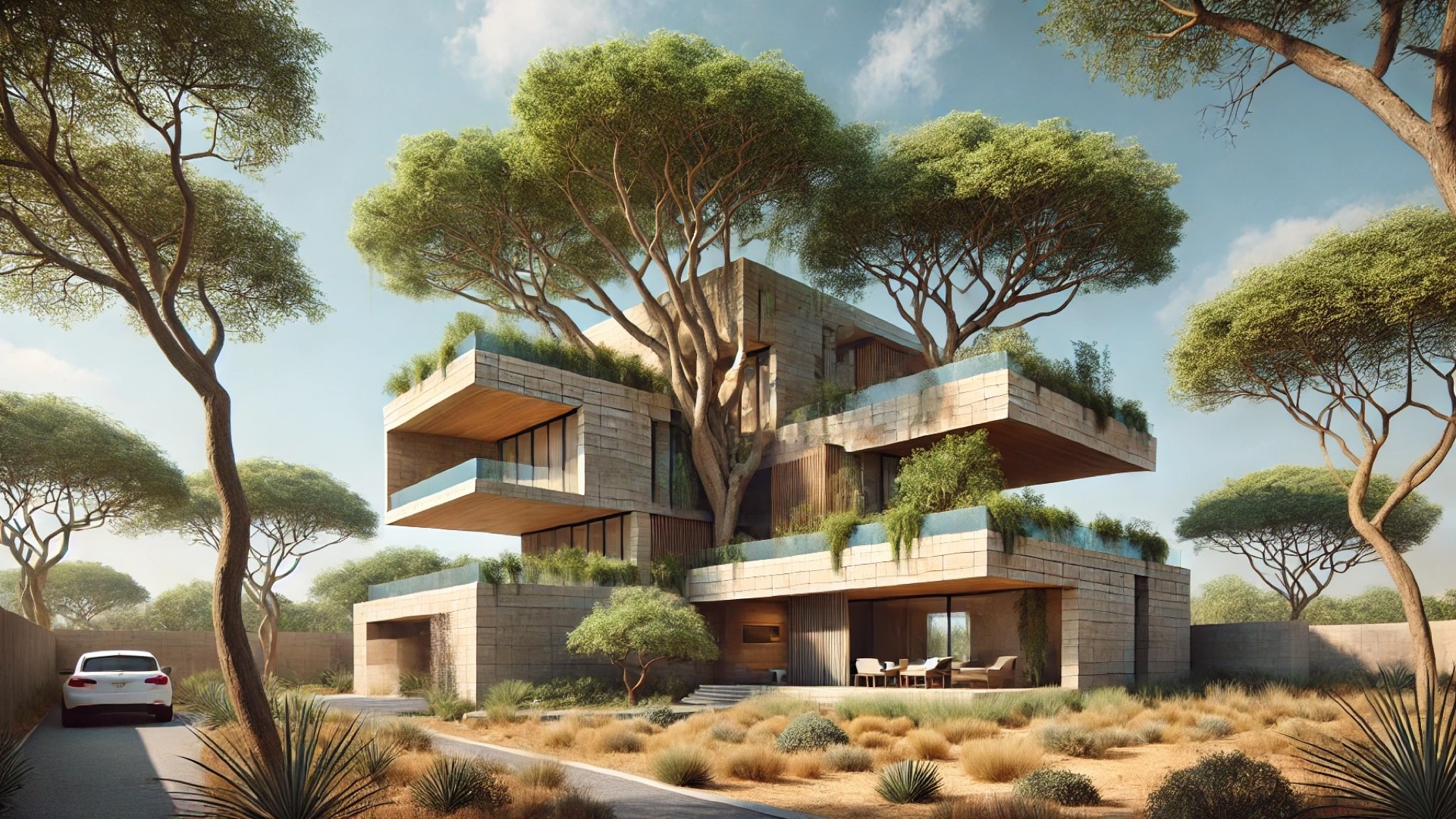
Introducing Rubra: A Unique Culinary Experience on Mexico’s Coast
On the picturesque Punta Mita peninsula in Mexico, the Rubra restaurant designed by Ana Paula de Alba and Ignacio Urquiza has carved out a niche that beautifully marries architecture, landscape, and gastronomy. Engineered to reflect and respect its coastal environment, this striking monolithic structure is crafted entirely from sand-toned concrete, creating a seamless connection between the built form and the surrounding nature.
Journey Through Nature to an Architectural Marvel
Guests arriving at Rubra are greeted by a scenic pathway lined with lush vegetation, leading them to a carefully concealed entrance. This blind facade not only adds an element of intrigue but also prioritizes privacy. Upon passing through a low tunnel, visitors are welcomed into a breathtaking terrace adorned with sweeping views of the Sierra Madre Occidental and Banderas Bay. The experience is designed to feel both exclusive and serene, placing the visitor in communion with the tranquil natural setting.
Rubra's Design and Functionality: Where Elegance Meets Practicality
Inside, the restaurant is organized into a series of concrete volumes that vary in height and purpose. This clever arrangement houses an open kitchen, wine cellar, and bar, all while ensuring ample natural light filters through the wooden lattices of the pergola roof. Each element is meticulously planned, from the strategic placement of openings that provide cross-ventilation to creating a spacious column-free dining area measuring 10 by 15 meters.
The seating areas and integrated flowerbeds present a unique concept that merges form and function; this thoughtful design opens up the dining space to the exquisite coastal views while maintaining an intimate atmosphere.
Coastal Inspirations in Every Detail
The design’s aesthetic draws deep inspiration from the coastal environment. The stained and textured concrete was developed to echo the nuances of sand, while the rounded corners soften the geometry, harkening to architectural traditions from Mexico’s Pacific coast. Moreover, the furniture—crafted in harmony with the building materials—incorporates elements of local flora through interior landscaping designed by Thalia Davidoff.
In this way, the Rubra not only provides a memorable dining experience but also reinforces the message of continuity with its natural surroundings. Diners are enveloped in a sense of their location, enjoying the gentle rustle of endemic plants while sampling exquisite dishes crafted uniquely by Chef Daniela Soto-Innes.
The Unifying Force of Material Selection
The consistent use of sand-toned concrete throughout the restaurant not only establishes a visual and aesthetic unity but also speaks to a larger trend in architectural design that emphasizes sustainability. This material choice reflects an increasing awareness among architects about reducing their environmental footprint while delivering luxurious experiences. Future design projects may follow this lead, suggesting a possible shift towards more ecologically conscious luxury in the world of architecture.
Why Rubra Matters to Property Owners and Design Enthusiasts
Spectacular culinary experiences such as those at Rubra are more than just about food—they represent a lifestyle choice rooted in exclusivity and quality craftsmanship. For high-net-worth individuals who own upscale properties, dining locations that encapsulate design excellence add an irreplaceable layer of value to their investments.
As architecture becomes an intrinsic part of the dining experience, restaurants like Rubra offer insight into exciting architectural trends that are here to stay, demonstrating how a well-executed design can enhance engagement with the environment.
Discover how the stunning design of Rubra can inspire you to explore architectural details in your own spaces, and consider the potential impact of integrating similar elements that respect local flora and landscapes in your residential or investment properties.
 Add Row
Add Row  Add
Add 




Write A Comment